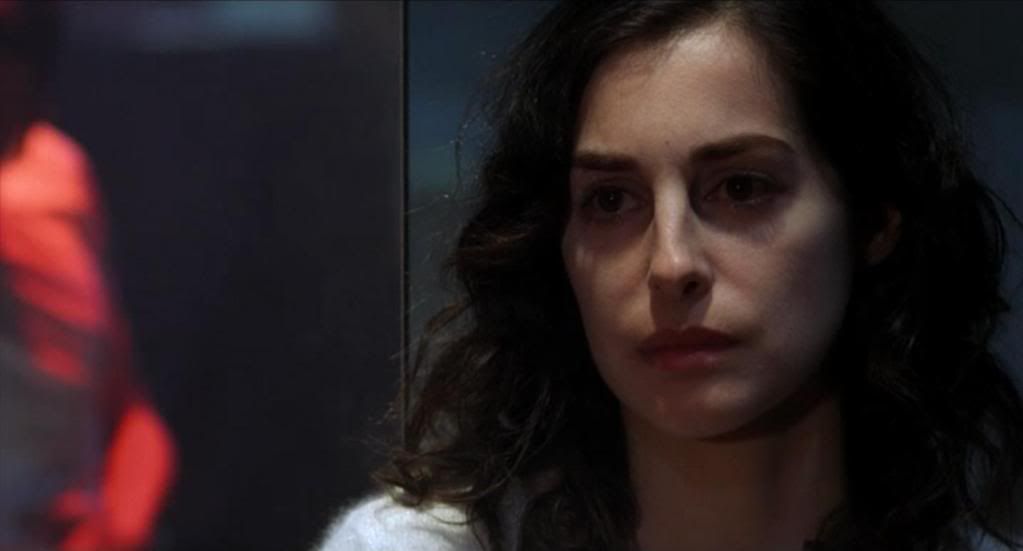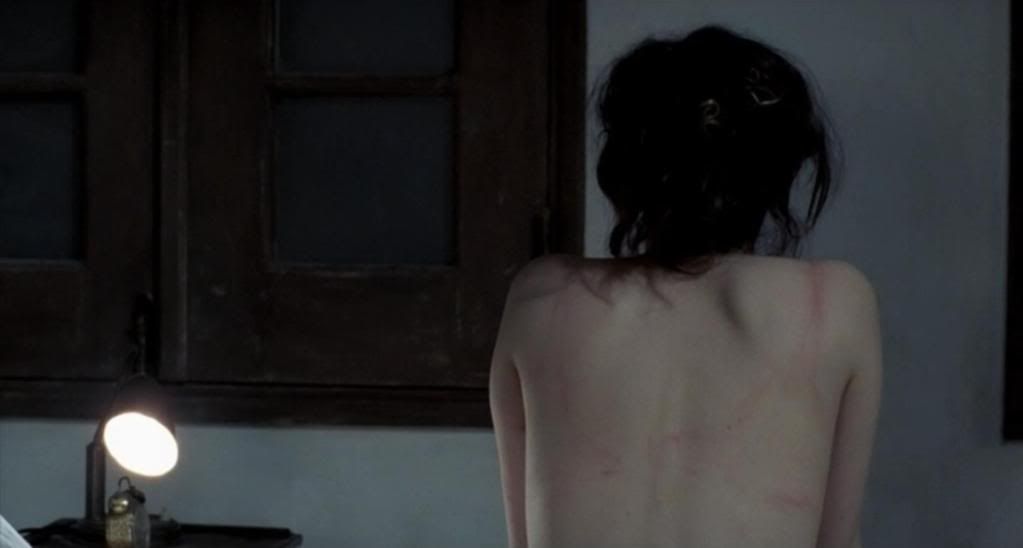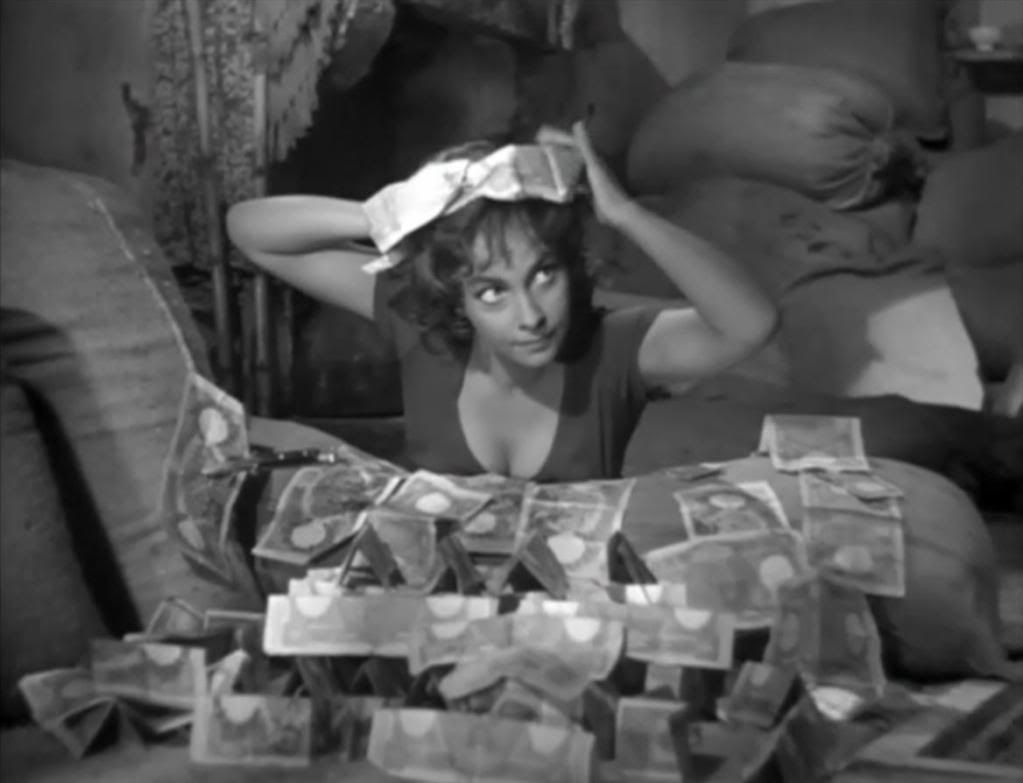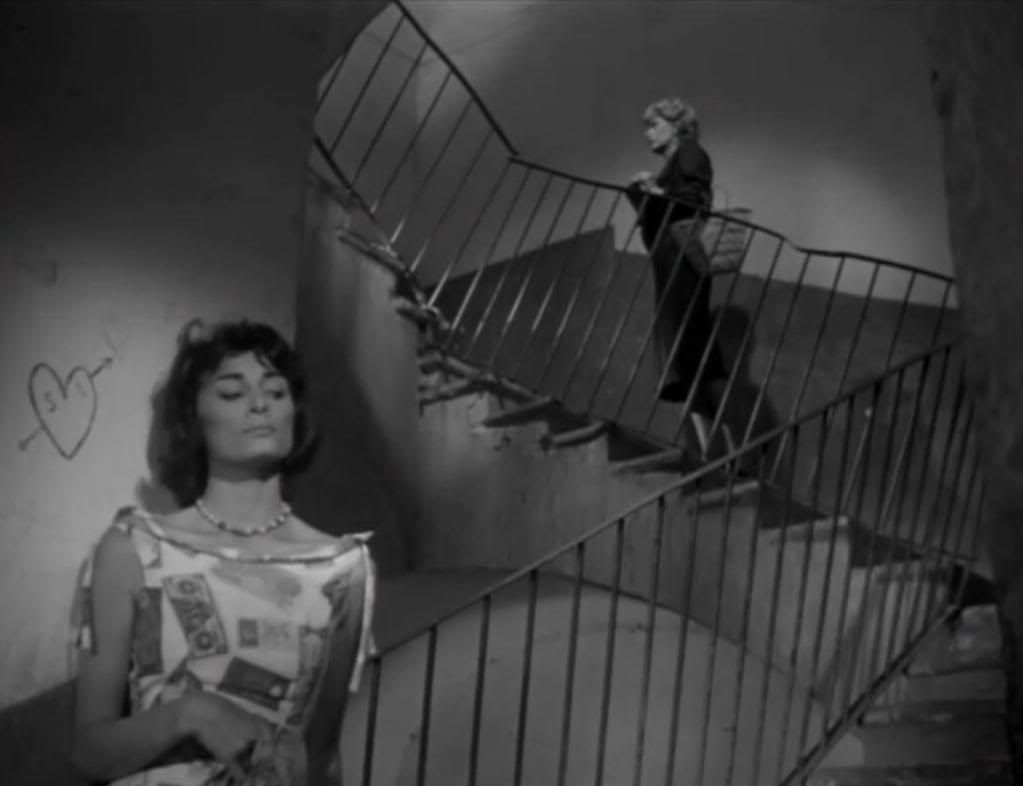
Roaring Twenties sex symbol Clara Bow has always been most associated with It, the film from which she earned her most enduring nickname, as Hollywood's "It Girl." It's the film she's most remembered for today, though Bow's presence in it and its role in defining her fame are its primary points of interest. It's a slick, shallow, flimsy movie derived from the Elinor Glyn story that defined "it" as an alluring, magnetic, hard-to-pin-down quality that emanates from certain people. The film bears little relation to Glyn's story beyond that fascination with the elusive quality of "it," though it keeps referring to Glyn in a metafictional way, even having the author herself show up at one point in a hilariously clumsy promotional appearance to explain the concept of "it" to one of the characters.
The plot is beyond fluffy, with Bow playing the shopgirl Betty Lou, who falls in love with her boss Cyrus Waltham (Antonio Moreno) and doggedly pursues him, with some mishaps and misunderstandings artificially keeping the couple from truly connecting until the inevitable happy ending. It's a rather typical romantic comedy in every way, closely following a template that's become tiredly familiar, and must have been anything but fresh even when the film was new. It's all just a vague showcase for Bow, a love letter to her charms.
There's definitely something about her that could be "it." She's cute and perky, a lively if maybe over-eager screen presence whose every closeup, every winking flirtation with the camera, seems to come with an implied, "aren't I adorable?" Her cutesy mugging can be aggravating rather than endearing at times, and it's funny that part of the film's definition of "it" is a lack of self-consciousness, because Bow seems constantly self-conscious, very aware of her cuteness and her appeal, so that it often feels like she's trying way too hard to impress.

The most interesting thing about her, arguably, is her working class persona, derived from the actress' own troubled life and modest upbringing: she plays an unapologetically low-class girl who lives in a cramped apartment with an unmarried mother friend who she's helping. There's no glamour in her, except an accidental glamour arising from her natural beauty. She's also unapologetic about playing games, making love a contest of wits, flirting and pursuing the man she wants but then slapping him when she finally gets his attention and he dares to kiss her. She's flighty, silly, both fun and infuriating, in more or less equal measures. It's easy to see why she made an impact, and why this film in particular stuck as her defining moment, as she embodies a character who's a bundle of contradictions, a haphazard catalogue of feminine stereotypes: fiercely loyal to her friends, calculating in her seduction of men, dazzled by riches but offended when a man implies that's all she's after, resourceful and committed, above all, to simply having fun.
Director Clarence Badger brings an efficient, mostly straightforward aesthetic to this Cinderella fable. There are a few nice flourishes here, including, in the first shot, one of the very earliest appearances of a zoom lens, which at the time was a clunky and impractical invention that wouldn't become widely used until decades later. In another shot, Betty Lou looks around a crowded dining room for the man she's interested in, and when she finds him, the camera rushes towards him, signalling the rapturous focusing of her interest on this one point in the crowd. For the most part, though, Badger's style is unobtrusive, giving Bow lots of closeups in which to smile and bat her eyes, letting the magnetic starlet display her "it" without much interference. Josef von Sternberg, then still early in a slow-starting Hollywood career, was the assistant director and is sometimes identified as directing parts of the film uncredited, but there's little to no trace of von Sternberg's expressionist aesthetic or his sensual celebration of his leading ladies.
It is still remembered today for its association with its era and the heroine's sex symbol status, so closely tied to this film. Besides that historical interest, though, it's a pretty slight work, a curiosity that, when it doesn't feel like a barely disguised advertisement for Glyn's writing and Cosmopolitan magazine, is simply a vehicle for highlighting Bow's charisma and attractiveness. It's fluffy, but criminally for a romantic comedy, neither especially funny nor especially romantic.







